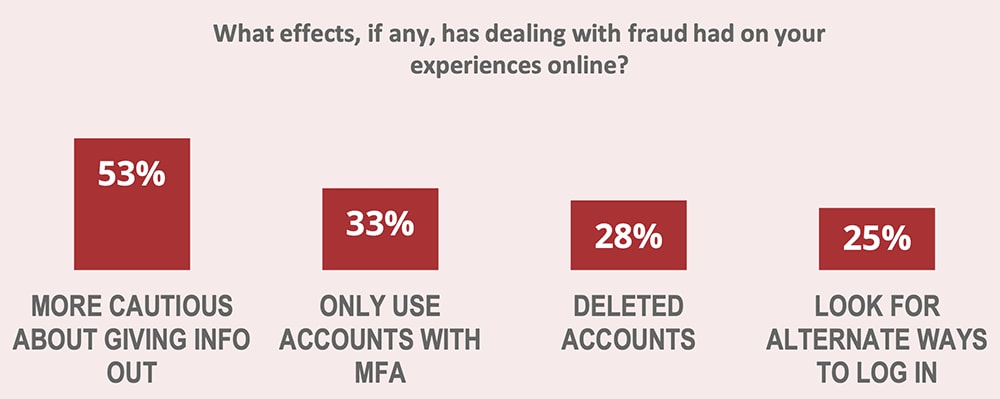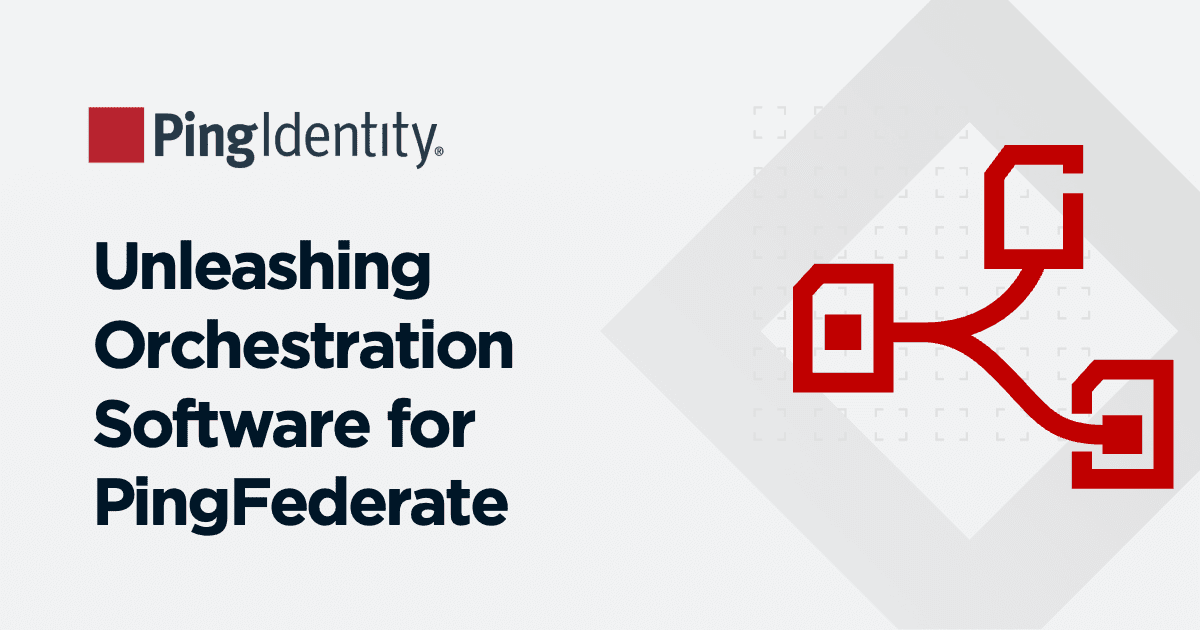At every stage of the user journey, CIAM ensures customer data is protected and secure. The unique capabilities of customer identity help you strengthen security, while minimizing the likelihood of data breach and fraud.
Data Breaches
Data breaches typically involve a bad actor gaining access to many customer records—often many millions of records. Those records may contain passwords, usernames, phone numbers, credit card numbers or other personally identifiable information (PII). Simply posing as a customer will usually not help a hacker successfully breach large amounts of data, because customers don’t have access to the data of other customers. Instead, these attacks are often performed by insiders or are due to inadvertent mistakes made by IT or development teams.
Customer identity helps you thwart breaches across several fronts:
- It encrypts or tokenizes data so that even if a hacker gains access to it, the data is very difficult or impossible for them to use
- It alerts administrators of suspicious activity, such as an admin account gaining escalated privileges to customer data
- It makes log tampering evident, so an insider cannot cover their tracks when attempting to breach data
- It limits the amount of records an administrator can download so they’re unable to act quickly, giving you more time to detect the suspicious activity
Fraud
In contrast to a breach, fraud attempts are more targeted towards individual customers. In a typical scenario, fraudsters may obtain customer credentials through a phishing attack or from a breached site and then use those credentials to target high-value sites such as banking websites. Unfortunately, since customers often share credentials across multiple sites, fraudsters often succeed in their attempts.
So how can you prevent fraudulent activity?
MFA
One solid defense against fraud is MFA. Multi-factor authentication goes beyond usernames and passwords, requiring an additional form of authentication to verify a user’s identity. Often this involves sending a push notification to a device that is linked to a customer’s account.
Sending push notifications from your mobile app through a customer identity mobile SDK is the most secure and convenient method of MFA. However, since you can’t force customers to download your mobile app, you must offer additional methods of MFA to ensure customers aren’t inconvenienced.
Adaptive Authentication
Unfortunately, fraudsters are constantly looking for ways to penetrate accounts and pass the MFA barrier. Flooding users with authentication requests can lead to MFA fatigue, which may result in users approving a fraudster’s request. To combat this, you can enable adaptive authentication. Adaptive authentication is able to evaluate customer behavior, information from their device and other contextual factors. It uses this information in real-time to determine the level of risk involved, adding MFA only when warranted. By limiting the need for additional authentication to higher risk scenarios such as logging in from a new device, you’re able to reduce the likelihood of MFA fatigue and eliminate friction from risk-free transactions, streamlining the customer experience.
Identity Verification
In certain situations, it is critically important to have complete confidence in a customer’s identity. For example, a bank that is issuing a large loan wants to be certain that the requester is who they say they are. Identity verification in situations such as these allows an organization to confirm that the user’s identity is legitimate, and that the user is the true owner of that identity. There are many use cases for fraud prevention utilizing identity verification, and it can be integrated directly into an organization’s user journey at key points
Integrated Fraud Prevention
Taking it one step further, you can consider incorporating multiple fraud prevention tools into your customer experiences by adding threat detection capabilities and implementing centralized fraud decisioning and orchestration. CIAM can play a key role in protecting you and your customers against fraud without forcing users to jump through endless security hoops. By aggregating the context provided by a variety of threat detection sources, you can dynamically send users down paths appropriate to the level and type of risk they are exhibiting, not just at the point of authentication, but through the entire user journey.






